
The Cyperaceae are a family of graminoid (grass-like), monocotyledonous flowering plants known as sedges. The family is large, with some 5,500 known species described in about 90 genera, the largest being the "true sedges" genus Carex with over 2,000 species.
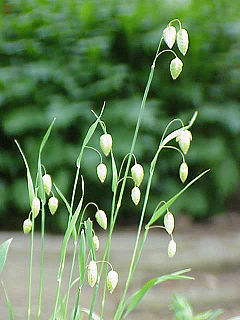
Briza is a genus of annual and perennial plants in the grass family, native to northern temperate regions of Eurasia, North Africa, and certain islands in the Atlantic.

The Potamogetonaceae, commonly referred to as the pondweed family, is an aquatic family of monocotyledonous flowering plants. The roughly 110 known species are divided over six genera. The largest genus in the family by far is Potamogeton, which contains about 100 species.

Agropyron is a genus of Eurasian plants in the grass family), native to Europe and Asia but widely naturalized in North America.

Molinia, or moor grass, is a genus of two species of flowering plants in the grass family, native to damp moorland in Eurasia and northern Africa. They are both herbaceous perennial grasses.

Agrostis stolonifera is a perennial grass species in the family Poaceae.

Anthoxanthum, commonly known as hornworts, vernal grasses, or vernalgrasses, is a genus of plants in the grass family.
Colpodium is a genus of plants in the grass family, native primarily to Asia but with a few species on certain mountains in Africa.
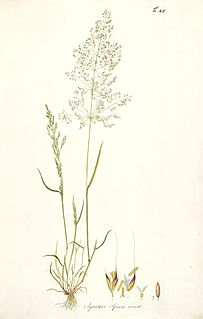
Apera is a small genus of annual grasses, known commonly as silkybent grass or windgrass. They are native to Europe, North Africa and parts of Asia but have been introduced and naturalized in much of North and South America.
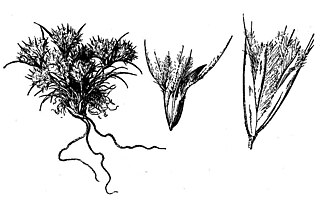
Blepharidachne is a small genus of New World plants in the grass family, generally known as eyelashgrass or desertgrass..
Fulvous is a colour, sometimes described as dull orange, brownish-yellow or tawny; it can also be likened to a variation of buff, beige or butterscotch. As an adjective it is used in the names of many species of birds, and occasionally other animals, to describe their appearance. It is also used as in mycology to describe fungi with greater colour specificity, specifically the pigmentation of the surface cuticle, the broken flesh and the spores en masse.
Acostia is a genus of South American plants in the grass family.

Allolepis is a genus of North American plants in the grass family.

Amphicarpum is a genus of North American plants in the grass family, found only in the eastern United States.
Antinoria is a genus of Mediterranean plants in the grass family.

Brachyachne is a genus of African, Australian, and Southeast Asian plants in the grass family.
Bewsia is a genus of African plants in the grass family. The only known species is Bewsia biflora, widespread across much of sub-Saharan Africa from Ivory Coast to Tanzania to KwaZulu-Natal.
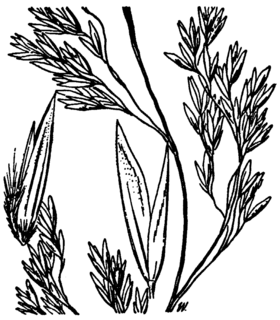
Graphephorum is a genus of North American plants in the grass family.
× Arctodupontia is a nothogenus of Arctic and Subarctic plants in the grass family. The only known nothospecies is ×Arctodupontia scleroclada, found in the colder regions of Eurasia and North America. It is believed to have originated as a hybrid of two other arctic grasses: Arctophila fulva × Dupontia fisheri.
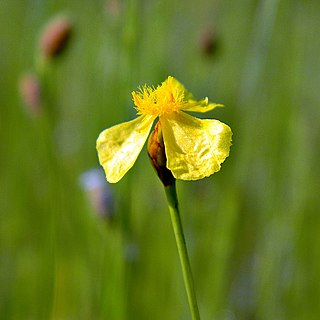
Xyris difformis, the bog yelloweyed grass, is a North American species of flowering plant in the yellow-eyed-grass family. It is native to the eastern and southern United States, eastern and central Canada, and Central America.















